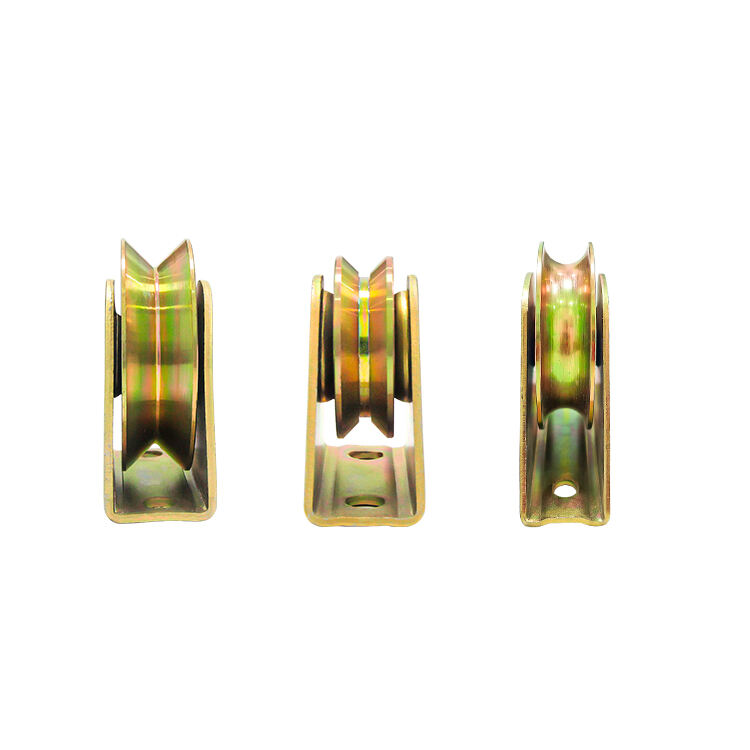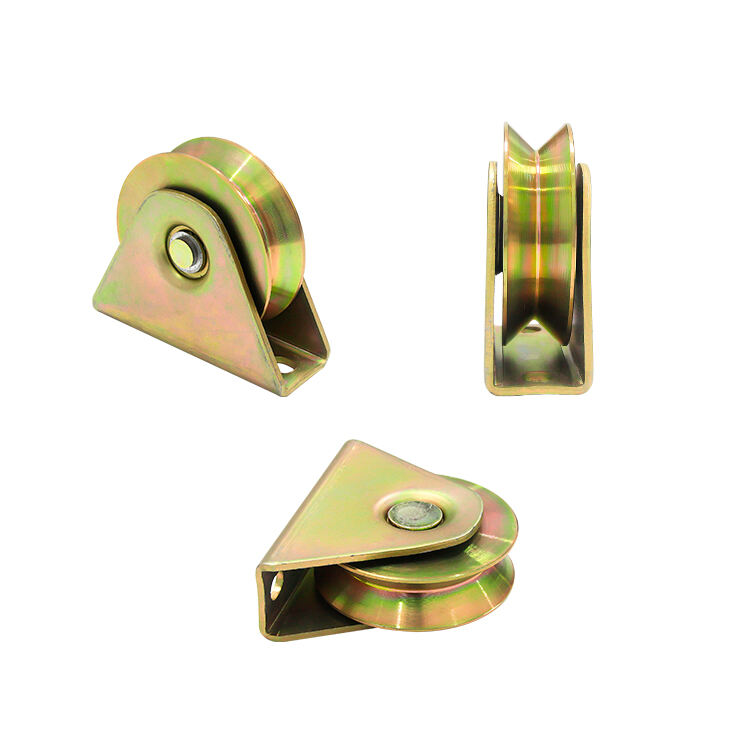Common Applications for Heavy Sliding Glass Doors
Heavy duty sliding door rollers enable smooth operation across various settings. Key applications include:
- Residential: Double-glazed patio doors (200–400 lbs)
- Commercial: Tempered glass storefront systems (600–800 lb capacity)
- Industrial: High-traffic loading bay doors requiring extreme durability
Specialized variants serve unique environments:
- Hospital isolation wards (sound-dampened models)
- Coastal properties (stainless steel saltwater-resistant rollers)
How Roller Durability and Material Impact Performance
Material choice directly affects roller lifespan and functionality:
Performance Factors
- Stainless steel tandem rollers: Withstand 1,200+ lb loads in marine environments
- Composite nylon rollers: Reduce noise by 22 dB vs. metal alternatives
- Weight capacity mismatches: Cause 34% of premature failures
Material Trade-offs
| Material | Advantages | Limitations |
|---|---|---|
| Stainless steel | Superior corrosion resistance | 70% higher cost than coated steel |
| Nylon-composite | Silent operation | Deforms above 300 lbs |
Types and Materials of Heavy Duty Sliding Door Rollers
Stainless Steel Tandem Rollers
- Dual-wheel design distributes 300 lbs per pair
- Withstands saltwater exposure for 10+ years
- Self-aligning mechanism prevents track binding
Steel Ball Bearing Concave Rollers
- Grooved design reduces derailment risk by 32%
- Features include:
- Double-sealed bearings
- Induction-hardened rollers (HRC 58-62)
- Low-friction coatings (<35 dB noise)
Material Comparison
| Material | Capacity | Best For |
|---|---|---|
| Nylon | 150 lbs | Low-traffic interiors |
| Brass | 200-250 lbs | Humid interiors |
| Composite | 400+ lbs | Extreme conditions |
Market Pricing and Cost Factors
Price vs. Performance
- Entry-level ($15–$40): 300–500 lb capacity, 3–5 year lifespan
- Premium ($60–$150): 800–1,200 lb capacity, 10+ year lifespan
Cost Breakdown
| Category | Price Range | Capacity |
|---|---|---|
| Residential | $30–$80 | 400–600 lbs |
| Commercial | $100–$250 | 800–1,500 lbs |
| Marine-Grade | $180–$400 | 1,000–2,000 lbs |
Maximizing Longevity and Value
Selection Criteria
- Weight capacity (30-35% above requirements)
- Corrosion resistance (stainless steel lasts 2.3 longer in coastal areas)
- Warranty terms (premium models offer 10-15 year coverage)
Maintenance Technologies
- Self-lubricating bearings reduce maintenance frequency by 60%
- Smart rollers with load sensors decrease failures by 40%
Smart Roller Features
| Feature | Benefit |
|---|---|
| Load sensors | Predictive maintenance |
| Wireless diagnostics | Faster troubleshooting |
| Usage analytics | Optimized service intervals |
FAQ
Q: What are heavy duty sliding door rollers used for?
A: Heavy duty sliding door rollers are used to enable smooth operation of sliding doors in residential, commercial, and industrial settings, with applications such as double-glazed patio doors and high-traffic loading bay doors.
Q: How does material choice affect roller performance?
A: Material choice affects roller lifespan and functionality. Stainless steel tandem rollers are ideal for marine environments while composite nylon rollers offer reduced noise compared to metal alternatives.
Q: What factors should be considered when selecting sliding door rollers?
A: Key factors include weight capacity, corrosion resistance, and warranty terms to maximize longevity and value.
Q: What maintenance technologies are available for sliding door rollers?
A: Maintenance technologies include self-lubricating bearings and smart rollers with load sensors to reduce maintenance frequency and decrease failures.
Table of Contents
- Common Applications for Heavy Sliding Glass Doors
- How Roller Durability and Material Impact Performance
- Types and Materials of Heavy Duty Sliding Door Rollers
- Stainless Steel Tandem Rollers
- Steel Ball Bearing Concave Rollers
- Material Comparison
- Market Pricing and Cost Factors
- Price vs. Performance
- Cost Breakdown
- Maximizing Longevity and Value
- Selection Criteria
- Maintenance Technologies
- Smart Roller Features
- FAQ




